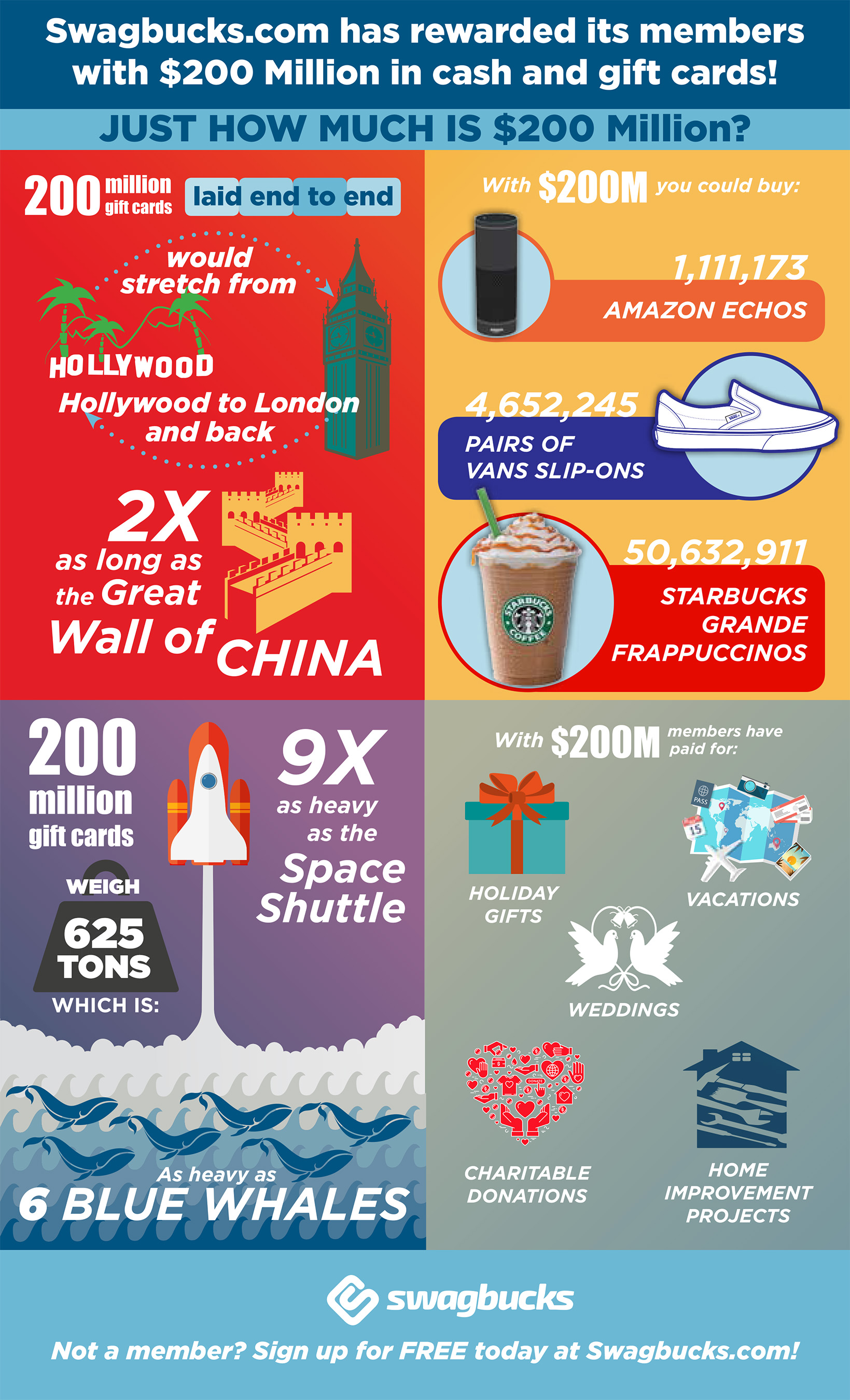Famous Historic Glass Engravers You Ought To Know
Glass engravers have actually been very skilled craftsmen and artists for countless years. The 1700s were especially significant for their success and appeal.
For instance, this lead glass goblet shows how engraving integrated design fads like Chinese-style concepts into European glass. It additionally shows just how the skill of an excellent engraver can produce imaginary depth and aesthetic texture.
Dominik Biemann
In the very first quarter of the 19th century the traditional refinery area of north Bohemia was the only area where naive mythical and allegorical scenes engraved on glass were still in vogue. The cup imagined below was etched by Dominik Biemann, that specialized in little pictures on glass and is regarded as among one of the most essential engravers of his time.
He was the boy of a glassworker in Nové Svet and the brother of Franz Pohl, one more leading engraver of the duration. His work is qualified by a play of light and darkness, which is especially obvious on this goblet showing the etching of stags in timberland. He was also understood for his work with porcelain. He died in 1857. The MAK Museum in Vienna is home to a huge collection of his jobs.
August Bohm
A noteworthy Nurnberg engraver of the late 17th century, Bohm collaborated with delicacy and a sense of calligraphy. He etched minute landscapes and engravings with bold formal scrollwork. His work is a forerunner to the neo-renaissance style that was to dominate Bohemian and other European glass in the 1880s and past.
Bohm welcomed a sculptural sensation in both alleviation and intaglio inscription. He showed his proficiency of the last in the carefully crosshatched chiaroscuro (tailing) results in this footed cup and cut cover, which shows Alexander the Great at the Fight of Granicus River (334 BC) after a paint by Charles Le Brun. Regardless of his substantial ability, he never ever attained the popularity and ton of money he looked for. He died in penury. His partner was Theresia Dittrich.
Carl Gunther
In spite of his determined work, Carl Gunther was an easygoing man who enjoyed spending time with friends and family. He enjoyed his day-to-day routine of checking out the Collinsville Senior citizen Center to delight in lunch with his buddies, and these moments of camaraderie gave him with a much required break from his demanding profession.
The 1830s saw something quite extraordinary happen to glass-- it came to be vivid. Engravers from Meistersdorf and Steinschonau produced richly coloured glass, a taste referred to as Biedermeier, to satisfy the demand of Europe's country-house classes.
The Flammarion engraving has come to be a sign of this new taste and has actually shown up in books devoted to science along with those checking out mysticism. It is also located in many museum collections. It is thought to be the only enduring instance of its kind.
Maurice Marinot
Maurice Marinot (1882-1960) started his career as a fauvist painter, yet ended up being amazed with glassmaking in 1911 when visiting the Viard bros' glassworks in Bar-sur-Seine. They provided him a bench and instructed him enamelling and glass blowing, which he mastered with supreme ability. He established his own strategies, utilizing gold flecks and manipulating the bubbles and other natural imperfections of the material.
His approach was engraved glass as conversation piece to deal with the glass as a living thing and he was one of the very first 20th century glassworkers to use weight, mass, and the aesthetic impact of natural imperfections as aesthetic components in his jobs. The exhibit shows the substantial influence that Marinot had on modern-day glass manufacturing. Regrettably, the Allied bombing of Troyes in 1944 damaged his workshop and countless drawings and paintings.
Edward Michel
In the very early 1800s Joshua presented a design that mimicked the Venetian glass of the duration. He used a strategy called ruby factor inscription, which involves scraping lines into the surface of the glass with a difficult steel execute.
He also created the initial threading device. This creation allowed the application of long, spirally wound trails of shade (called gilding) on the text of the glass, a necessary function of the glass in the Venetian style.
The late 19th century brought brand-new style ideas to the table. Frederick Kny and William Fritsche both worked at Thomas Webb & Sons, a British firm that specialized in high quality crystal glass and speciality coloured glass. Their job mirrored a choice for classic or mythological subjects.

Comments on “Wedding Date Keepsakes On Glass”